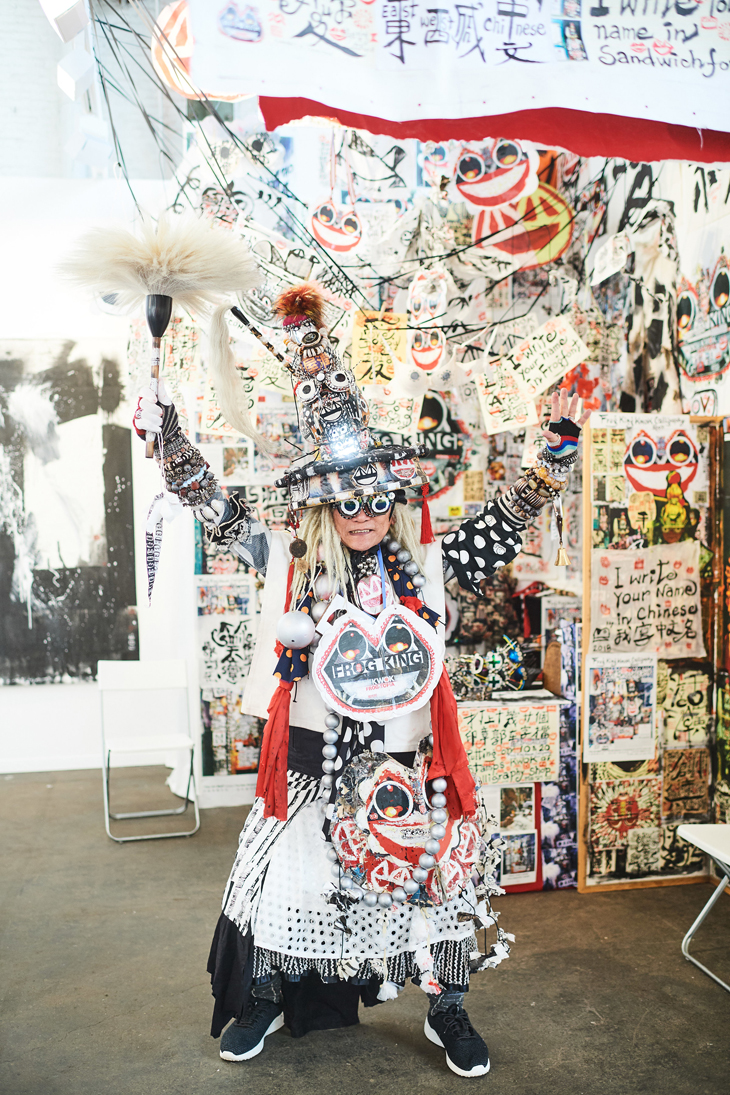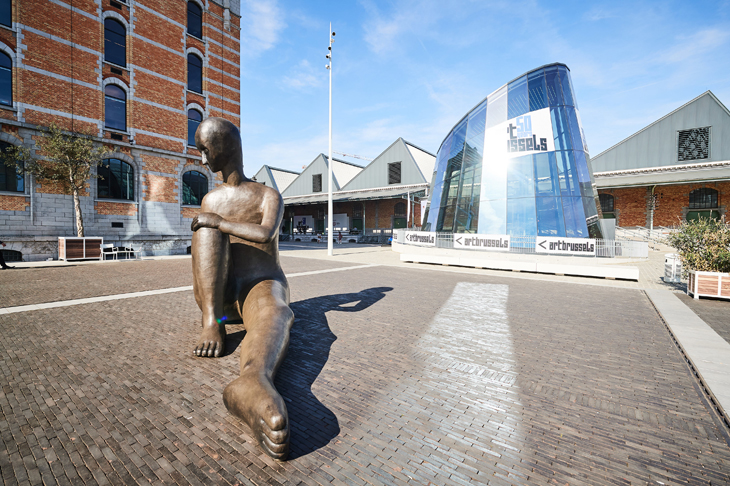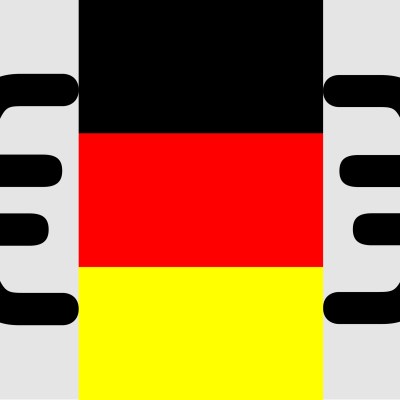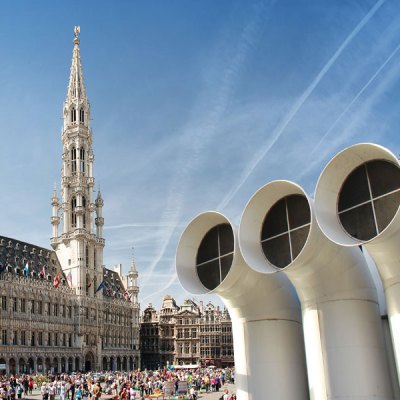1968 was a year of socio-political and technological change. It was the year that Apollo 8 captured the first image of the planet seen from space, that anti-Vietnam war and civil-rights protests dominated global news coverage, and that students and workers took to the streets of Paris. But 1968 also witnessed the birth of one of Europe’s artistic marketplaces: Art Brussels.
Fifty years on, Art Brussels remains a hub of discovery. Attracting a loyal, strong collector base from the Benelux and Rhineland regions, it’s the go-to European art fair for unearthing emerging talent. Of this year’s 147 exhibiting galleries from a total of 32 countries, 33 are participating in the Discovery section, showing works produced between 2015 and 2018. ‘Discovery is a very important part of our DNA,’ says the fair’s managing director Anne Vierstraete. ‘Art Brussels continues to be an exciting platform for spotting the talents of tomorrow.’
The fair has made a concerted effort to affirm its identity as a resolutely contemporary marketplace. Of the 759 artists on display 93 per cent are living, 30 per cent are under 40 years old, and many are exhibiting at Art Brussels for the first time. This year’s prize winner for the Discovery section, Cape Town and Stellenbosch’s SMAC gallery, presenting the work of Mexico-born, Cape Town-based Georgina Gratrix, is a case in point.
SMAC booth at Art Brussels 2018 Photo: David Plas

SMAC’s associate director, Shona van der Merwe, sees Art Brussels as the only European fair for introducing artists to an international audience. ‘Although Georgina is well known in South Africa, she has yet to infiltrate the international market,’ says van der Merwe. ‘But the collector base in Brussels is really well informed and engaged: they have picked up on all the cues embedded in Georgina’s work. The presentation – a mix of painted portraiture and still life, and sculptural installation – highlights Gratrix’s youthful, subversive energy. Her thick application of paint, and bold colour palette draw you in. Only on closer inspection do the social critiques and melancholic motifs simmer to the surface.
She’s a worthy winner, but Gratrix is not the only fresh face to watch. Joanna Rajkowska’s mixed media works, presented by newcomer London gallery L’étrangère, pack a punch with their critique of the pharmaceutical industry in the West. Galerie Felix Frachon’s display of works by three artists working in India – Shine Shivan, Nandita Kumar and Apnavi Mankaji – is also a crowd pleaser. Title ‘Fauna & Flora’, the installation recreates a ‘virgin jungle’, which Frachon describes as a ‘a utopic ecosystem that subverts our current vision of the world’. It’s an audacious display with big ideas and a welcome break from the more conventional approach favoured by neighbouring stands.
Making up the core of Art Brussels are the Belgian and international old-timers, exhibiting well-established secondary market artists. Repetto Gallery brings a good if expected stock of Italian mid-century artists including Fausto Melotti and Lucio Fontana, while the Salisbury-based New Art Centre presents a strong selection of mid-century British artists. While there is plenty to seduce the eye here, William Turnbull’s magnificent unique bronze, ebony and limestone sculpture, Pandora (1958–62), steals the show.
10 Chancery Lane booth art Art Brussels 2018 with Frog King Kwok. Photo: David Plas

Brussels-based dealer Xavier Hufkens brings a number of big names this year, but the real draw is the gallery’s presentation of work by Swiss-born artist Nicolas Party. The artist’s work has proved enormously popular; the gallery sold all the works by 3pm on preview day, and Party was awarded with this year’s Solo prize for booths devoted to the presentation of a single artist. Of these 22 individual presentations, a significant number focused on performance art, such as the calligraphy shop of 10 Chancery Lane’s Kwok Mang Ho, also known as Frog King, adorned with a foot-tall hat.
But Art Brussels is not all about the booths. The accompanying artistic programme of talks and projects exploring the educational and ephemeral properties of art, taking place both inside and outside the fair, has never been so rich. For starters, there are the eight monumental sculptures outside the fair’s entrance. There’s also a specially commissioned film by Philippine Hoegen looking at the Brussels art scene since 1968. But the flagship artistic project is an exhibition titled ‘Mystic Properties’. Curated by HISK curator Elena Sorokina, the exhibition takes Jan and Hubert Van Eyck’s Adoration of the Mystic Lamb, created in 1432 as an alterpiece for the Saint Bavo Cathedral in Ghent, as a starting point to examine ideas of ownership and belonging.
Beyond the fair, there’s also plenty to see in the galleries and museums of Brussels: an exhibition of tapestries by Yann Gerstberger at the gallery Sorry We’re Closed, and a show devoted to Brazilian avant-garde artist Anna Bella Geiger at Mendes Wood DM. Despite the schedule clash with Art Cologne, the city’s abuzz with artists, curators, collectors, museum directors and gallerists. For the weekend at least, the city seems to be abiding by Frog King Kwok’s mantra that ‘art is life’ and ‘life is art’.
Art Brussels is at Tour & Taxis, from 19 to 22 April.



